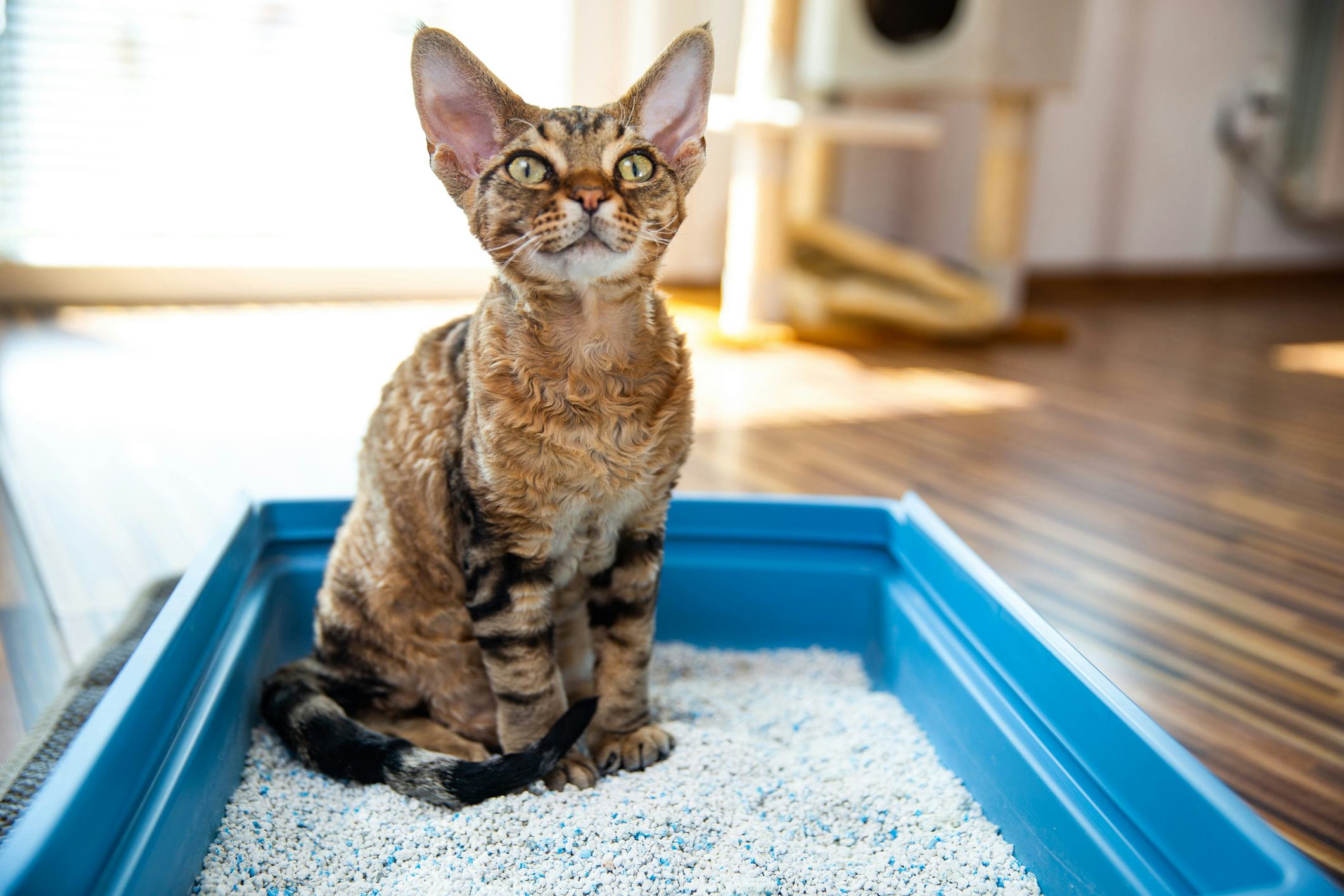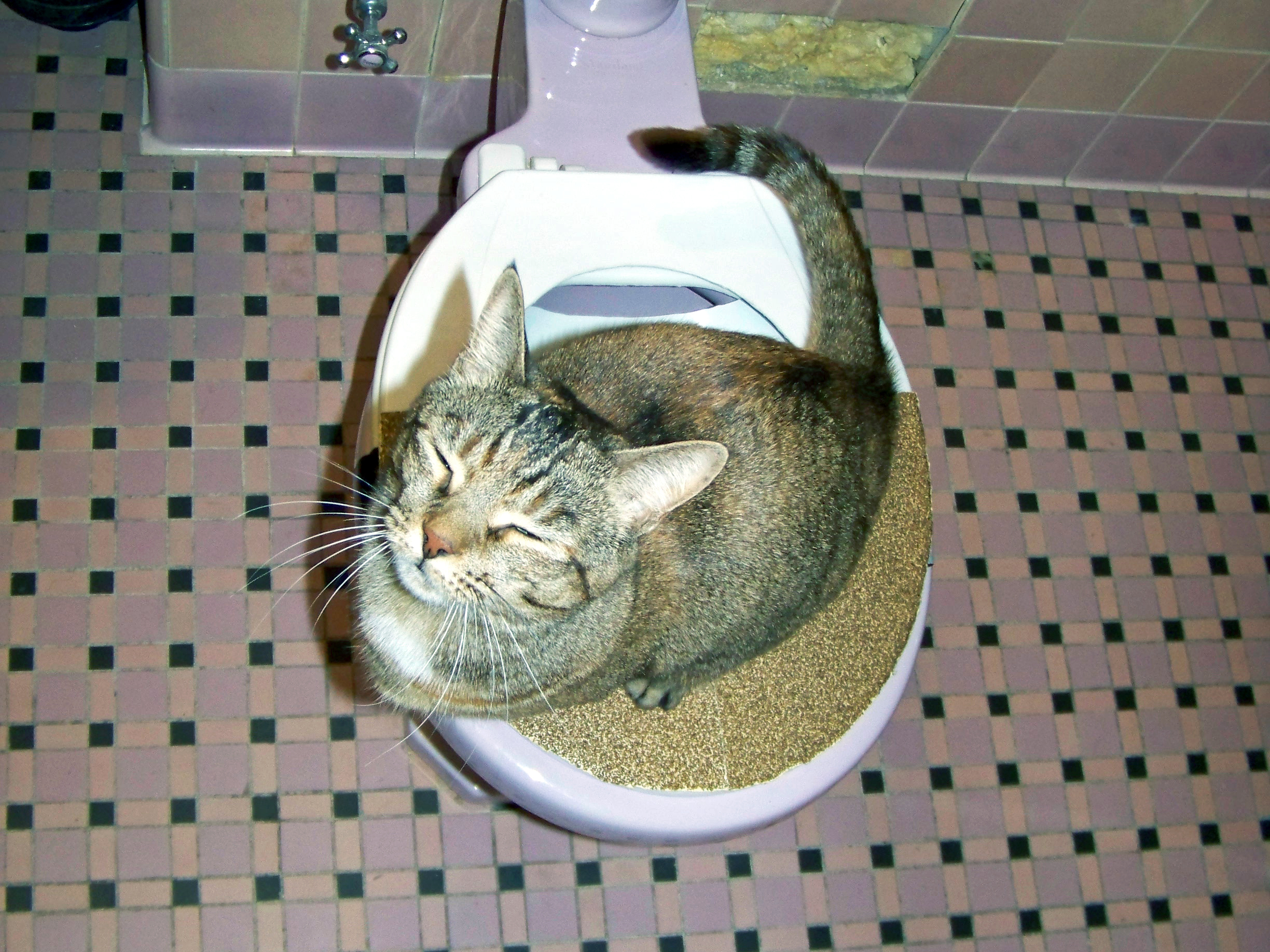Factors Why You Ought to Never Empty Animal Waste Down the Toilet
Factors Why You Ought to Never Empty Animal Waste Down the Toilet
Blog Article
Just how do you actually feel when it comes to 4 Reasons Why Dog Poop Cleanup is Important?

When it comes to throwing away waste, particularly animal waste, many individuals typically consider the hassle-free option of flushing it down the bathroom. However, this relatively simple service can have serious repercussions for the atmosphere and public health. In this article, we'll explore why flushing pet waste down the commode is a bad concept and offer alternate methods for proper disposal.
Introduction
Appropriate waste disposal is crucial for preserving environmental sustainability and public health. While it might seem safe to flush animal waste down the bathroom, it can result in various concerns, both for the environment and human wellness.
Risks of flushing animal waste
Ecological effect
Purging pet waste presents unsafe germs and pathogens into waterways, which can negatively impact water ecosystems. These microorganisms can contaminate water sources and injury aquatic life, disrupting delicate communities.
Public health worries
Animal waste includes damaging germs such as E. coli and Salmonella, which can position serious health dangers to human beings. Flushing pet waste down the bathroom can contaminate water supplies, causing the spread of diseases and infections.
Alternatives to flushing
As opposed to purging animal waste down the bathroom, there are a number of alternate disposal techniques that are extra environmentally friendly and hygienic.
Composting
Composting pet waste is an environmentally friendly way to dispose of it. By composting, raw material is broken down into nutrient-rich soil, which can be used to feed yards and plants.
Garbage dump disposal
Disposing of pet waste in a land fill is one more choice. While not as eco-friendly as composting, it is a more secure alternative to flushing, as it prevents the contamination of water resources.
Pet dog garbage disposal systems
There are customized family pet garbage disposal systems offered that safely and hygienically throw away animal waste. These systems typically make use of enzymes to break down waste and remove odors.
Steps to appropriate pet waste disposal
To ensure correct disposal of pet waste, comply with these actions:
Scooping and getting waste
On a regular basis scoop and bag pet waste making use of biodegradable bags. This stops waste from infecting the atmosphere.
Making use of assigned waste containers
Dispose of bagged animal waste in assigned waste bins, such as garden compost containers or garbage dump containers. Prevent flushing it down the toilet in any way prices.
Cleaning can and pet locations regularly
Routinely tidy can and family pet locations to stop the buildup of waste and germs. Usage pet-safe cleansing products to maintain hygiene.
Benefits of proper disposal techniques
Adopting correct disposal methods for animal waste supplies several benefits:
Decreased environmental pollution
Appropriate disposal methods lower the risk of environmental pollution, safeguarding waterways and ecological communities from contamination
Lessened risk of water contamination.
By avoiding flushing pet waste down the commode, the risk of water contamination is considerably minimized, securing public health.
Improved hygiene and hygiene
Appropriate disposal methods promote better hygiene and health, creating a click here safer atmosphere for both people and animals.
Final thought
Finally, purging pet waste down the bathroom is damaging to the environment and public health. By taking on alternative disposal approaches and following correct waste monitoring methods, we can lessen the unfavorable effect of animal waste and contribute to a cleaner, much healthier world.
What To Do With Dog Poo – The Do's And Don'ts Of Disposing Of Faeces
Dog poo bins
Some councils provide dedicated dog waste bins in popular dog-walking areas that can take dog poo that has been bagged but you can legally dispose of dog waste in any public litter bin, as long as it is securely bagged. This also applies to your wheelie bin at home.
Do not flush
Water companies do not recommend flushing dog faeces down the toilet because certain parasites can survive the water processing treatment and are potentially harmful to humans. You should also never consider flushing dog poo that has been bagged down the toilet as the bags will not break down and instead create severe blockages in the sewage system.
In the woods
The Forestry Commission promotes a ‘stick and flick’ method for dealing with waste in the woods. This means finding a stick and using it to flick any poo from off the path so that it is out of the way of other walkers. You could also bury it as long as it is not in an area where there might be livestock.
Livestock
Parasites found in dog poo can be transmitted to livestock if they inadvertently eat infected faeces that has been left on grazing land. This could result in the death of sheep or abortion in cattle so you should always make sure you pick up your dog’s waste in fields where livestock could be present.

Routinely tidy can and family pet locations to stop the buildup of waste and germs. Usage pet-safe cleansing products to maintain hygiene.
Benefits of proper disposal techniques
Adopting correct disposal methods for animal waste supplies several benefits:
Decreased environmental pollution
Appropriate disposal methods lower the risk of environmental pollution, safeguarding waterways and ecological communities from contamination
Lessened risk of water contamination.
By avoiding flushing pet waste down the commode, the risk of water contamination is considerably minimized, securing public health.
Improved hygiene and hygiene
Appropriate disposal methods promote better hygiene and health, creating a click here safer atmosphere for both people and animals.
Final thought
Finally, purging pet waste down the bathroom is damaging to the environment and public health. By taking on alternative disposal approaches and following correct waste monitoring methods, we can lessen the unfavorable effect of animal waste and contribute to a cleaner, much healthier world.
What To Do With Dog Poo – The Do's And Don'ts Of Disposing Of Faeces
Dog poo bins
Some councils provide dedicated dog waste bins in popular dog-walking areas that can take dog poo that has been bagged but you can legally dispose of dog waste in any public litter bin, as long as it is securely bagged. This also applies to your wheelie bin at home.
Do not flush
Water companies do not recommend flushing dog faeces down the toilet because certain parasites can survive the water processing treatment and are potentially harmful to humans. You should also never consider flushing dog poo that has been bagged down the toilet as the bags will not break down and instead create severe blockages in the sewage system.
In the woods
The Forestry Commission promotes a ‘stick and flick’ method for dealing with waste in the woods. This means finding a stick and using it to flick any poo from off the path so that it is out of the way of other walkers. You could also bury it as long as it is not in an area where there might be livestock.
Livestock
Parasites found in dog poo can be transmitted to livestock if they inadvertently eat infected faeces that has been left on grazing land. This could result in the death of sheep or abortion in cattle so you should always make sure you pick up your dog’s waste in fields where livestock could be present.

Hopefully you enjoyed our piece on . Thank you for taking time to browse our piece of content. If you enjoyed our blog posting kindly remember to pass it around. Thank you for going through it.
Visit My Site Report this page